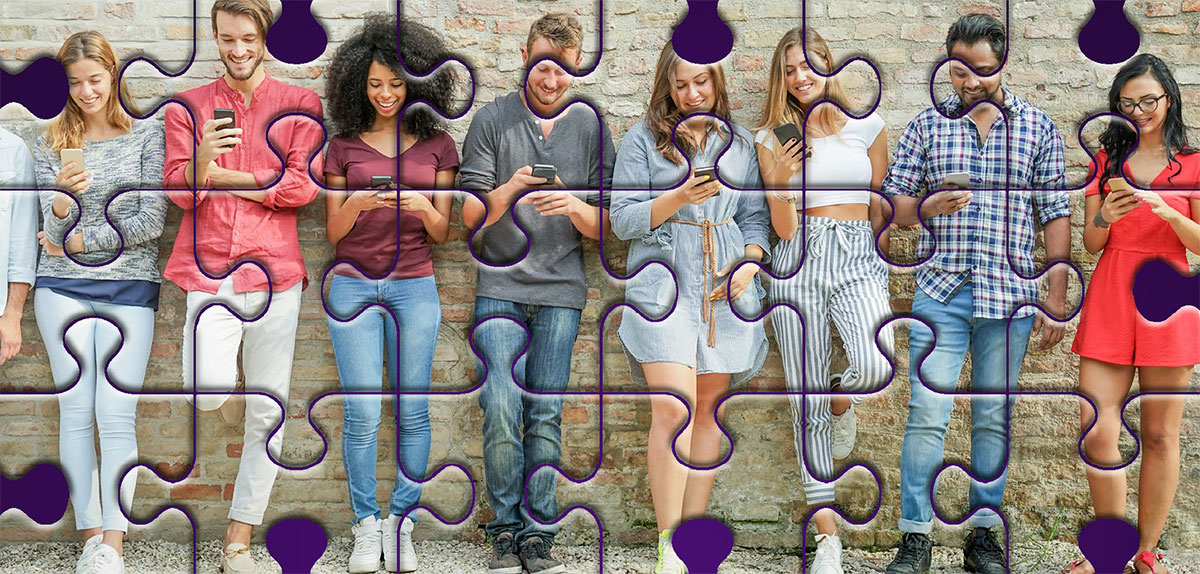 This month and all through October, we're launching our Wise Marketer Spotlight series of white papers with the launch "Loyalty 3.0: The Future is Now" by rDialogue CEO Phil Rubin. To whet your appetite, we're publishing this white paper preview to give you a taste of Phil's insight. To download the complete white paper, go here.
This month and all through October, we're launching our Wise Marketer Spotlight series of white papers with the launch "Loyalty 3.0: The Future is Now" by rDialogue CEO Phil Rubin. To whet your appetite, we're publishing this white paper preview to give you a taste of Phil's insight. To download the complete white paper, go here.
By Phil Rubin
With advances in mobile marketing, big data. and Internet of Things (IoT), customer marketing has reached a crossroads: Continue the status quo, or take a new approach. An increasing number of customer-centric brands emphatically opt for the latter road. The new Loyalty model starts with a 180° turn: rather than customers proving their loyalty to brands, it's time brands demonstrate their loyalty to customers. Call it the "Amazon-ification" of loyalty marketing.
Customer-centricity is not new to Amazon. It was explicitly shared in the company's shareholder letter in 1997, after it went public. It's also worth noting that back then Amazon had just achieved a record $115MM in revenues and recognized that "www" stood for the "world wide wait." Amazon set a clear go-forward strategy, obsessing over how to meet the (then latent) core customer need for immediate gratification and simply making it easier to buy things. They set about building their business to meet this core need from their logistics footprint to their checkout process.
Over the past 20 years Amazon, has done three things that are fundamental to Loyalty 3.0. These three things are essential best practices and requirements for any loyalty marketing strategy:
- Make customer-centricity an explicit and consistent business strategy. Leadership, starting with the CEO, must be steadfastly committed to customer-centricity.
- Use data aggressively to deliver relevance, recognize customers and, in turn, make it increasingly easy for them to do business with you.
- Recognize that customer loyalty drivers are much more than just financial. They are experiential. Think IoX (Internet of Experiences), not IoT.
None of these three things fall in the category of rocket science. They are common sense, and reflect what you might think of as a "Golden Rule" of loyalty marketing: treat customers the same way you want and expect to be treated. Remember, Peter Drucker said that the purpose of any business is to create customers. Hence, it is essential that retaining customers is necessary to achieve organic growth.
We have adopted the term "Amazon-ification" for this approach as we believe it embodies the core of both the definition of loyalty marketing – paying attention to customers and acting accordingly – and what we as humans seek from those we invest with in relationship building. We want and appreciate others thinking about us as it makes us vested and likely to think similarly about them. It is the same way with brands.
No one is going to catch up with what Amazon has spent two decades doing and continues to do. Rather than trying to follow Amazon and its specific strategies, brands need to understand the loyalty drivers in place and apply them to their own businesses. Loyalty 3.0 is what we believe will facilitate a brand-centric mechanism to establish a new business paradigm that brings the brand and customer together in a mutually-beneficial relationship. But don’t take our word for it; try it yourself. Loyal brands, companies with leadership that without exception prioritize the customer as part of a business strategy, create loyal customers.
Phil Rubin is CEO of rDialogue. To download the full white paper “Loyalty 3.0: The Future is Now,” click here.




